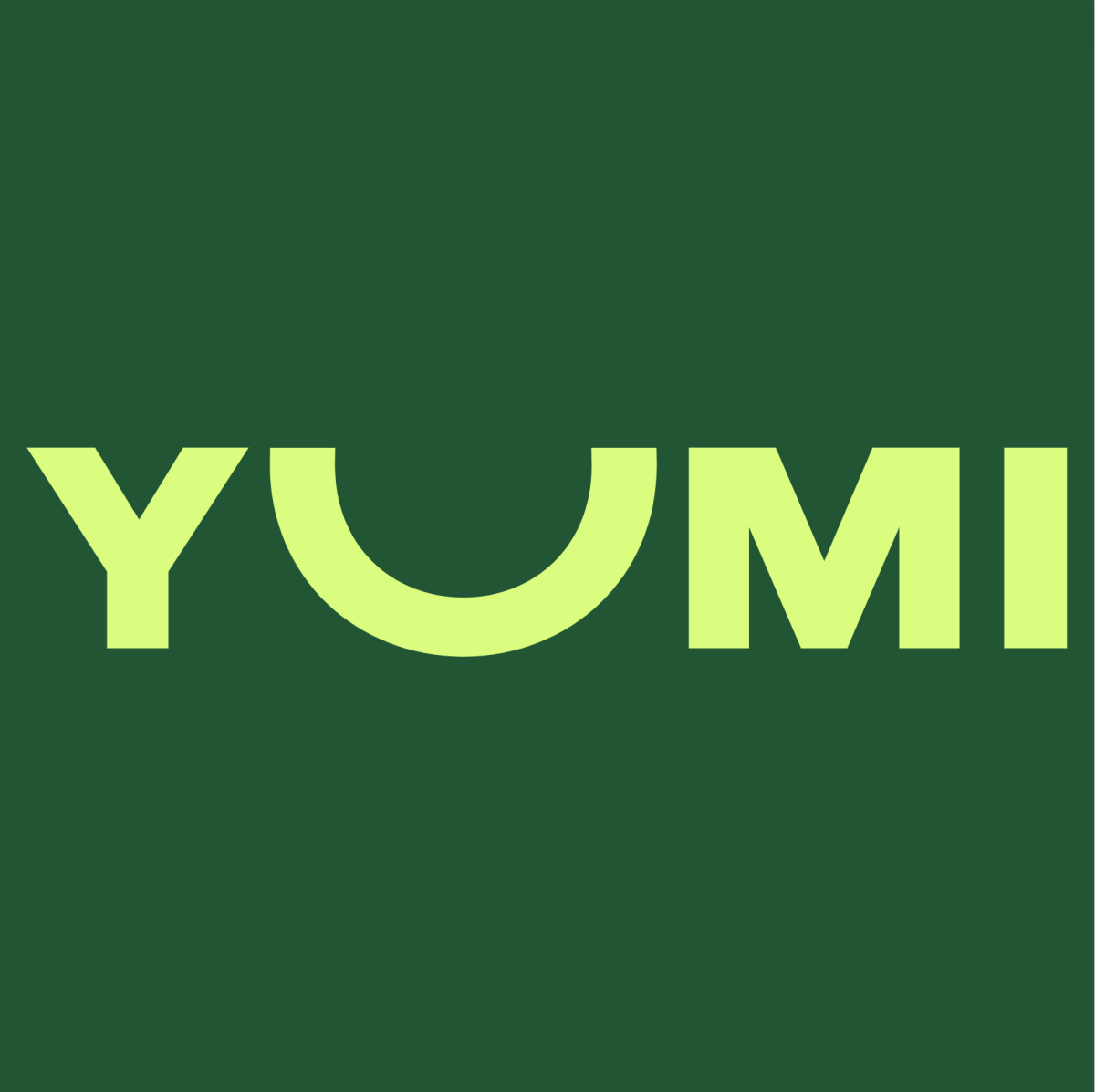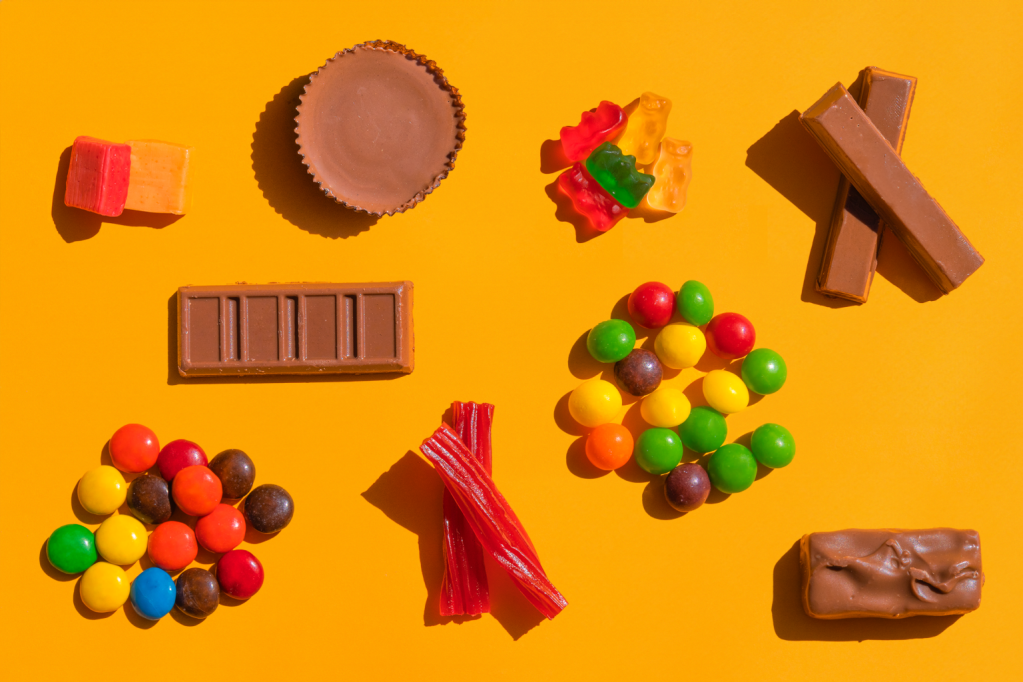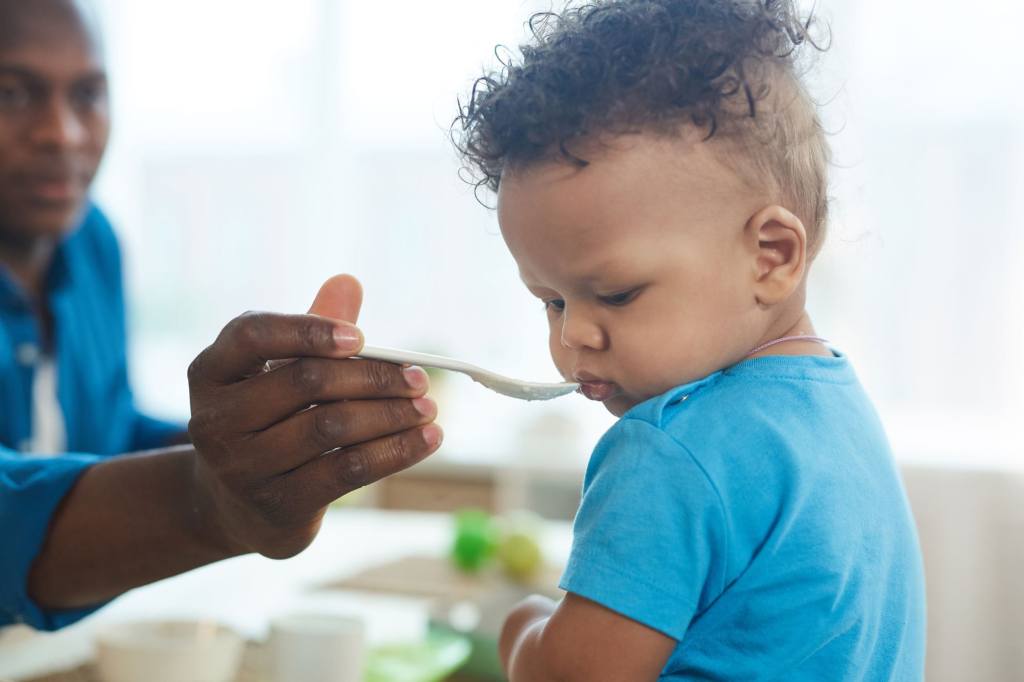Your cart is currently empty!
It’s important to know how our food is made. Not all baby food is always made the same. This guide breaks down how baby food is made and how we make it better.
How is Baby Food Made?
When it comes to nutrition, scientists have recognized the first 1,000 days of your baby’s life as the most important. Starting from conception to the day your little one turns two, this is when nutrition matters the most. So, if you’re wondering how your baby’s food, you’re not alone. This is an important question to ask.
Additionally, there is conflicting advice coming from every direction. Labels claim to be “all-natural” with “no added preservatives,” so it’s important to know what to look for. However, it’s also important to note that not all baby food is made the same. Recent research shows that over 95% of baby foods contain heavy metals and other added ingredients harmful for your little one.
Let’s dissect how baby food is made and how we make it different.

How Most Baby Foods Are Made
Navigating all the labels from different baby food brands is confusing for a lot of new parents, especially with hard-to-understand labels and health claims.
We’re here to cut the confusion. But, first, let’s break down how most baby foods are made, what they contain, and how they’re packaged.
Chemicals, Preservatives, and Pesticides
Unfortunately, when buying baby food, it’s difficult to know what chemicals, preservatives, and pesticides may have contaminated the food.
Some baby food brands contain preservatives such as salt and sugar, which are meant to increase the shelf life of the food but can be harmful to your little one’s health and nutrition. The only preservative recommended in baby food is Vitamin D because of its nutritional help and ability to increase shelf life.
In fact, when you buy from a store, they may skip on Vitamin D and use other preservatives.
In addition, more dangerous additives may be included in these baby foods, such as artificial colors, preservative chemical compounds such as BHA (butylated hydroxyanisole), sodium nitrate, and sodium benzoate, or high fructose corn syrup.
Pesticides are also a shocking ingredient found in most baby foods. The Department of Agriculture tested baby foods such as applesauce, green beans, pears, and other purees and found that 30% to 40% of these foods had dangerous pesticide levels present. Because of your little ones’ small and quickly developing bodies, pesticides are more harmful to them than they are to us.
Farming
The farms where big-name brands grow their baby foods are one of the reasons for this pesticide exposure. Most baby food farms don’t use pesticides. The FDA has taken measures to limit the number of pesticides to protect children. However, the problem arises when these farms are too close to farms that do use pesticides. Wind and animals can cross-contaminate farms and expose baby food to pesticides.
Organic vs. Natural
While baby food shopping, you’ve probably wondered whether organic and all-natural are different. However, there is a big difference between these two!
Some baby foods are made organically, while others are made all-natural. Natural foods claim to be free from artificial colors, flavors, preservatives, GMOs, and irradiation.
However, there are minimal regulations on foods labeled “all-natural” by the FDA or the USDA. For this reason, many foods that are labeled natural still have pesticides, growth hormones, fertilizers, and harmful chemicals in them.
Organic foods are free from all pesticides, fertilizers, herbicides, hormones, and antibiotics. In addition, organic foods are much more heavily regulated than natural foods. They come with FDA assurance to be free from toxic chemicals and other harmful ingredients.

How Yumi Baby Food is Made
If you’ve looked at some of the big-name baby food brands and felt fed-up, so have we. These baby foods (and most baby foods) are made with preservatives, artificial and unnecessary ingredients, and other factors that can be disappointing.
That’s why we made Yumi. Here’s how we make baby food.

Ingredients and Nutrition
Ingredients are essential for many reasons. Your baby’s tummy is like a small tank. It can only hold so much food at a time. However, your baby’s tummy also has all nutrients vital for growth and development, which is extra important during the first days of life.
Therefore, your baby’s food should only contain the ingredients necessary for their nutrition, growth, and development while avoiding unnecessary ingredients that just take up room. We prioritize making nutrient-rich foods, so your little one gets the most out of every bite.
Only Organic
One of the biggest differences between our baby food versus the other guy’s baby food is that we’re organic. Most baby foods are designed to last on the shelf for one to two years. Have you ever known fresh, organic ingredients to last that long? Nope.
That’s why we only use organic ingredients that are free from preservatives, added sugars, toxic chemicals, hormones and GMOs, and pesticides.
Nutrition Designed for Your Baby’s Milestones
We also make our baby food with your baby’s nutritional needs in mind. These needs change as they grow.
For instance, at the 6-month mark, your little one needs lots of iron, but at ten months, they need more calcium. When your baby turns 14 months, their brains enter a new stage of development, so our foods are packed with choline to fuel this stage and help them grow.
To make sure your baby gets exactly what they need, we created a milestone plan designed specifically for their stages of growth. Nutritionists handpick each stage’s foods to include the textures, nutrients, and ingredients they need to thrive.

Tested for Heavy Metals
Recent research has discovered the presence of heavy metals in baby food to be reaching dangerous levels. Research shows heavy metals such as cadmium, arsenic, lead, and mercury are present in baby foods.
Why Heavy Metals Are Dangerous
Your baby’s body is small, but its need for nutrients is big. While they’re still developing rapidly, they are more susceptible to harm from heavy metals. Evidence shows that heavy metals can lead to issues with brain development, mental wellness, behavioral problems, and hearing issues.
How Heavy Metals Get in Your Baby’s Food
Heavy metals can get into your baby’s foods through the soil and during the cooking and handling process. Soil naturally contains heavy metals, which means even organic ingredients can have heavy metals. This is why we regularly test for them! This is due to contaminated water run-off that takes heavy metals into the soil and moves them to contaminate crops.
Heavy metals can also appear in your baby’s food during the cooking and handling process. Sometimes cooking water is contaminated, processing and cooking equipment contain heavy metals or heavy metals resulting from extreme temperatures.
How We Test and Avoid Heavy Metals
To ensure your little one’s safety, we regularly test our foods for heavy metals. We start by testing ingredients and our finished products to make sure no heavy metals seep into your little one’s food during the cooking process.
Our foods are made in small batches with light processing. As an added safety measure, we avoid extreme temperatures by letting our food cool before putting it into our containers.
We also use the ingredients in our food to our advantage in the fight against heavy metals. Here’s how!
Ingredients we avoid:
We avoid ingredients known to be high in heavy metals, such as rice. Rice cereals are often recommended as a first food, but heavy metals such as arsenic are commonly found in rice. As a result, many choose brown rice over white rice, but brown rice contains higher levels of arsenic than most other foods.
Soy contains an estimated seven times the amount of cadmium as other formulas. Thus, while many baby foods and infant formulas contain soy, they also have dangerous levels of heavy metals.
Fruit juice also contains high amounts of heavy metals. This may come as a shock considering the market of fruit juice for babies. However, research shows that most apple juices and grape juices contain harmful levels of arsenic.
Ingredients we include:
While there are many ingredients we avoid that contain heavy metals, there are many we include that have been known to fight heavy metals.
There are two main groups of heavy metal fighters. Binders are foods that bind heavy metals in the body and remove them from the digestive tract, and blockers are ingredients that block heavy metal absorption in the body.
Binders include tomatoes, blueberries, spirulina, and garlic. Examples of blockers are broccoli, kale, beans, and fruits high in vitamin C, such as kiwis, papaya, peppers, citrus. Our baby foods are packed with these ingredients to help counteract heavy metals and protect your little one.
Summary
Learning how baby foods are made is an essential way to keep your little one safe. It’s vital to understand the difference between baby foods and how to pick the best for your little one. From choosing organic ingredients free from pesticides, preservatives, and harmful chemicals, to avoiding heavy metals, there’s a lot to keep in mind.
That’s why we do what we do. We carefully craft food for your baby that provides the nutrition they need while avoiding the things they don’t. Learn more about our menu here.
Sources
- Arsenic in 9 Brands of Infant Cereal | Healthy Baby Food.org
- 20 Years Since Landmark Law, Pesticides in Baby Food Drop Dramatically | EWG.org
- Homemade or From the Jar: Which Baby Food Is Best? | Cleveland Clinic
- Natural vs. Organic:. It’s Worth It | Organic It’s Worth It.org
- Differences in Organic, Natural, and Health Foods | Healthy Children.org
- Baby Foods Are Tainted with Dangerous Levels of Arsenic, Lead, Cadmium, and Mercury | Oversight.House.gov









